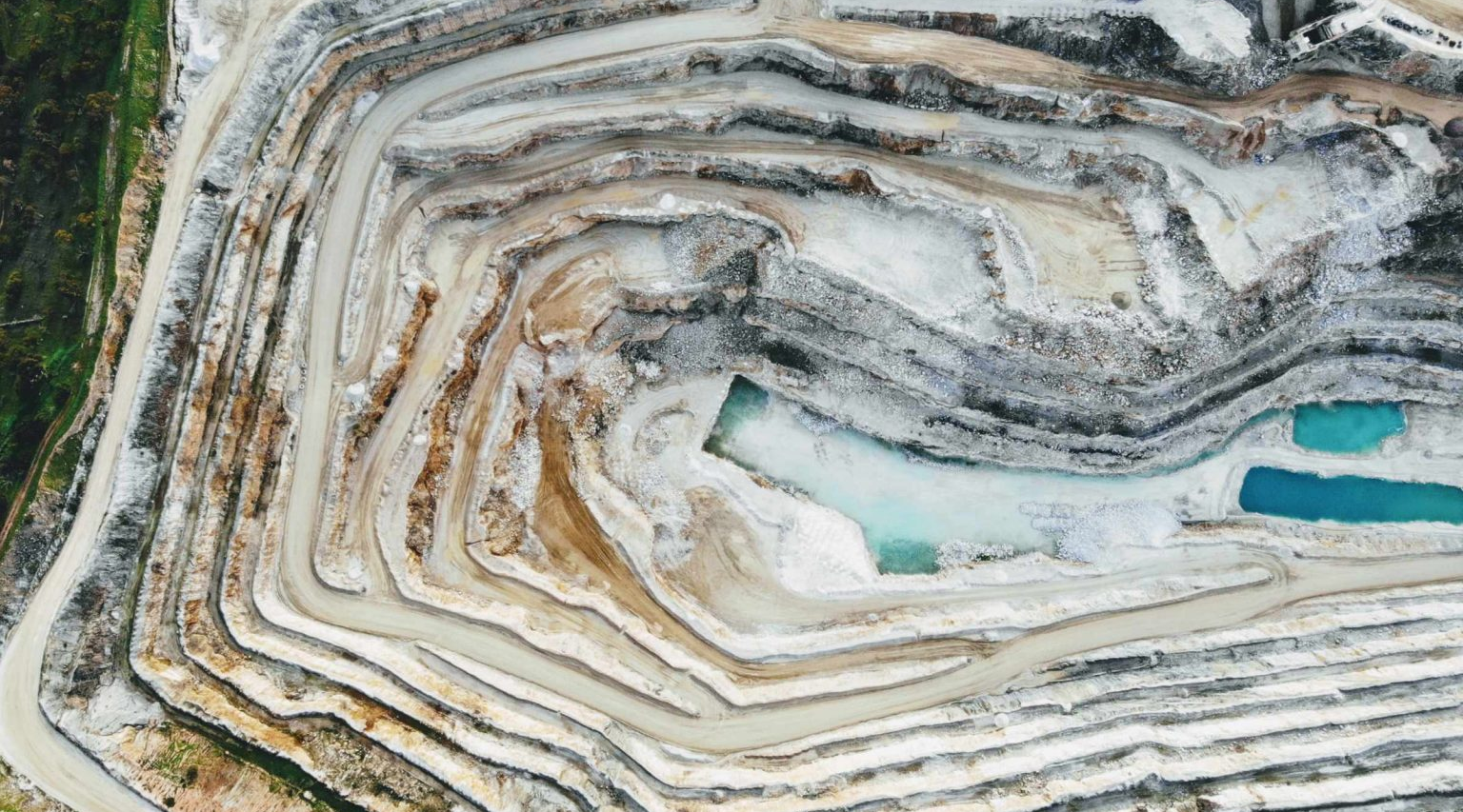In 2020 mining was one of Australia’s most profitable sectors and one of only four sectors that recorded a positive contribution towards GDP. In 2021 mining continues to flourish as the sector moves into yet another boom period.
This surge in activity is creating job opportunities and supporting Australia’s economic recovery. However, according to Paul Howard, a partner at Gerard Daniels, the current boom has also been a catalyst for many workforce challenges, and the return of what he describes as some ‘short-sighted’ recruitment practices.
“The rapidly growing demand for a highly skilled executive workforce is forcing many businesses to focus on recruiting talent,” says Paul. “In doing so, these businesses are paying significantly more to entice people into new roles – an approach that is fuelling fierce competition for talent and rapidly escalating remuneration.”
Previous booms have taught us this approach only provides a short-term solution, to what we know is an ongoing problem. Here we take a look at the broad workforce impact of an Australian mining boom and consider why this sector needs to think differently about employee retention and remuneration.
Broad industry impact
In 2021 many of the major projects that were suspended during COVID-19 have begun to start up again, but to move these projects forward the mining sector must navigate fierce competition in building a skilled and experienced workforce, rapidly escalating employment costs, and limited access to national and international talent. With new, well-paid professional opportunities opening up in mining sector, these workforce shortages are beginning to spread to other affiliated industries as well.
“The industrial sector is one example, with many of the planned shutdowns that were deferred during the pandemic starting to come back online again,” Paul explains. “But as it is a much smaller and more expensive employment market in Australia now than this time last year, many industrial businesses can no longer find or afford the talent that they need to deliver effectively on these exercises.”
Lessons learned
“During the last mining boom I recall there were some organisations with contingencies like market equalisation factors, that were designed to limit the “out-of-band” pay increases only to the boom period,” Paul explains. “Strategies like this were really quite clever and forward thinking for that time, and they proved to be effective when things levelled out later on.”
For businesses without these types of strategies in place, Paul remembers that when times got tough and commodity prices dropped, many organisations had to seek collective agreements with their employees, like reducing remuneration rates or decreasing hours, in a bid to stay operational. “In their own way, everyone in the sector had to adapt,” says Paul.
Sustainable, long-term solutions
To meet demand Australia’s mining sector must be able to attract and retain sufficient talent. But during growth cycles can businesses approach staffing a large, highly skilled workforce in more affordable and sustainable ways? The first step, according to Paul, is acknowledging that employee retention is about more than just money.
To attract and retain good people, businesses need to address their overall employee value proposition and other non-monetary retention strategies first. “This means looking at how to develop and train people and how to create a genuine sense of people being valued,” Paul explains. “Having and clearly communicating company vision and values is also an important part of employee retention, as talent tends to gravitate towards businesses that share their values and can demonstrate clear strategic direction.”
“Transparency around career development is another crucial retention strategy, as naturally people will be more open to being poached if they’re not receiving clear signals about what’s down the road for them within the company,” Paul continues.
To demonstrate the value placed on people, many businesses are committing to and investing in employee wellness programs. A recent survey shows that over half of all businesses surveyed in the Asia Pacific region plan to implement or improve on their employee wellness programs during this coming year.
Environmental, Social, and Corporate Governance (ESG) is another focus area that is becoming increasingly important to the mining sector workforce, locally and internationally. “To deliver on employee expectations businesses need sustainability platforms that are visible, transparent, tangible, and that tie back into a genuine employee proposition,” says Paul.
“What’s clear as we begin to enter another boom, is that employers really do need to start thinking differently about talent retention,” says Paul.
“As an industry we need to be mindful that filling short term needs will have long term implications for this sector, and if we don’t think more collectively and strategically we are going to trip over ourselves in a few years time,” Paul concludes. “Any strategy that also looks outside of salary is far more likely to be successful and sustainable, for individual businesses and the sector as a whole.”
Reach out to Gerard Daniels today to discuss your workforce strategies, or for advice on building better employee retention within your organization.







